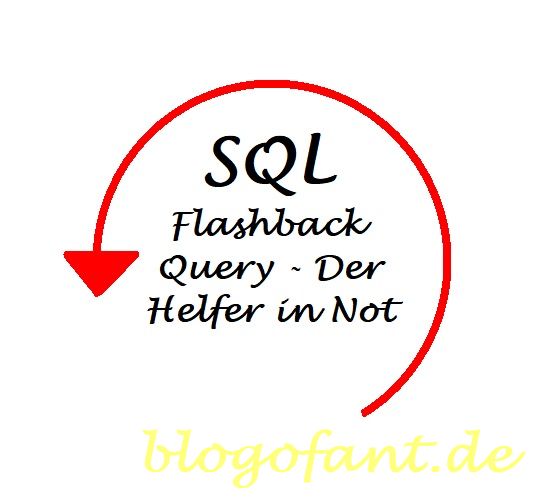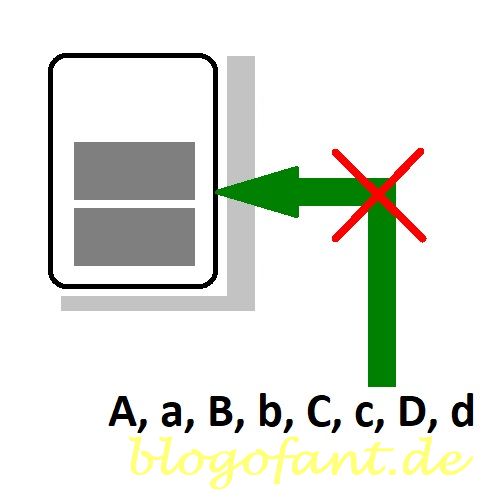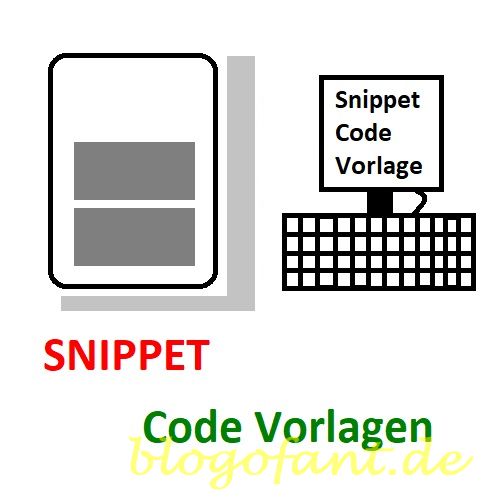Return a value if no rows are found SQL
What actually happens when you run a SQL query that doesn’t return any rows? For example, think of a WHERE clause with the condition 1=2, which can never be fulfilled and therefore rows can never be returned. First, let’s look at a few examples that should show you what you can expect as a return … Read more




